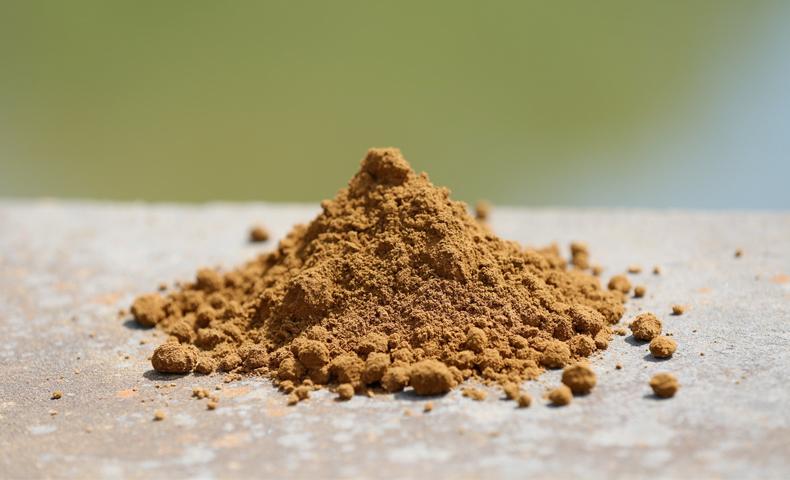Domtar Takes Next Step in Lignin Development with Prisma

Domtar’s Biomaterials team and research partners have been focusing time and resources on lignin development — specifically, developing lignin-based materials that could eventually serve as sustainable and biodegradable alternatives to petroleum and other fossil fuel–based products.
We recently took another step forward in lignin development and the process of commercializing lignin-based applications by investing in Prisma Renewable Composites, which is developing advanced materials from lignin and other natural resources. With this investment, we will help commercialize the process of using lignin to make engineered plastic compounds, such as acrylonitrile butadiene styrene (ABS), and other high-value applications.
“We’re pleased to have the opportunity to partner with an industry-leading renewable composite company,” says Mark DeAndrea, Domtar’s vice president of Biomaterials. “This investment leverages Prisma’s scientific research capabilities and unique product development strategy with Domtar’s commercialization and lignin production expertise.”
Lignin Development Gains Momentum
Lignin, the natural glue that holds wood fibers together, is a byproduct of the kraft pulping process. Traditionally, lignin has been burned to provide energy to a pulp and paper mill. However, it also has the potential for use in a wide range of industrial applications as a sustainable and biodegradable alternative to petroleum and other fossil fuels.
Lignin development and the use of lignin as a biomaterial has gained momentum in the past few years, beginning with our installation of a commercial-scale lignin separation plant in Plymouth, North Carolina, in 2013. Today, we use state-of-the-art extruding equipment to deliver commercial-grade lignin in dried, compounded and modified lignin granules/pellets, as well as lignin-polymer blends.
We also recently installed a demonstration plant at a mill in Ontario to showcase lignin pellets as a potential bioalternative to plastic, chemicals and other industrial products. This project has garnered interest from several industries, as well as support from provincial and federal governments, specifically through Natural Resources Canada’s Investments in Forest Industry Transformation program.
We’re learning more in the lab every day, and we hope to expand our research to understand the full potential, capabilities and commercial opportunities for lignin-based graphene and lignin-based carbon fiber.
“Innovation is core to Domtar Biomaterials’ growth strategy,” DeAndrea says. “Domtar Biomaterials is a bridge between science and commercialization, and we’re very excited by the numerous opportunities we see in lignin.”

